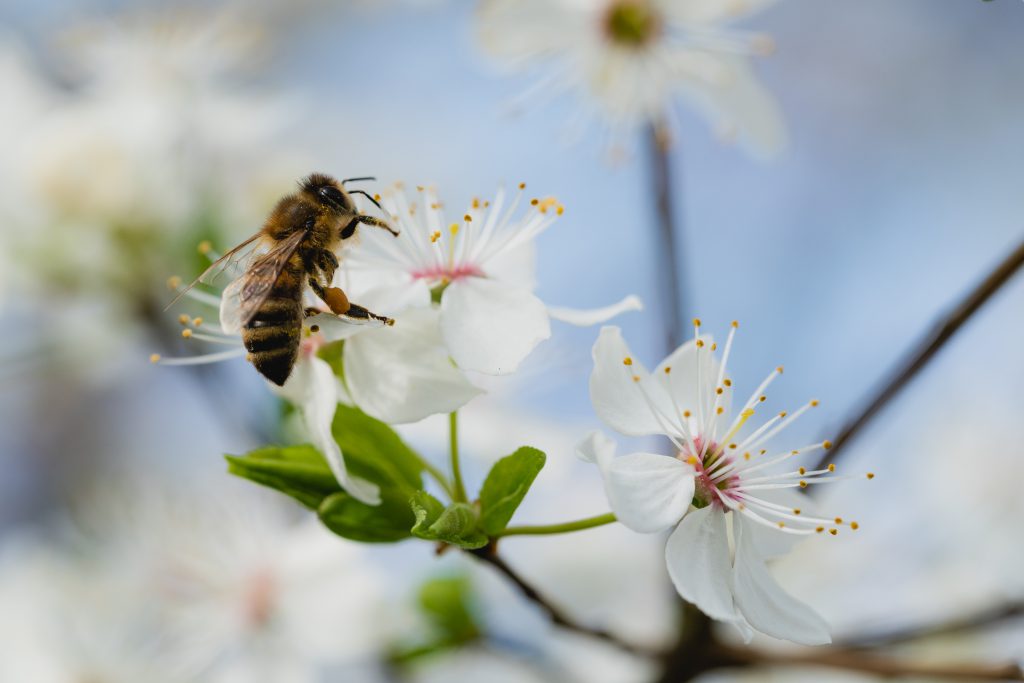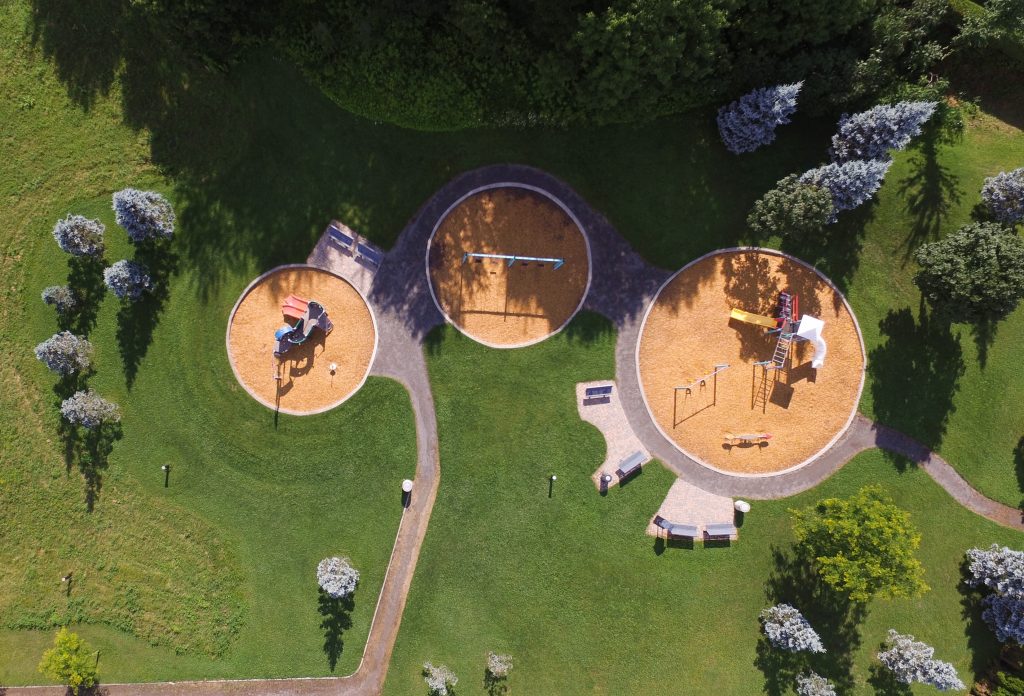Non-Motorized Safety
Non-Motorized Safety—It's a Three-Way Street
By Dave Austin, PE
Over the past several years, Williams & Works has been involved in the planning, design and construction of numerous non-motorized transportation projects including long distance regional pathways, Safe Routes to School sidewalk systems, on-street and separated bike lanes, and hiking trails. The increase in this type of assignment stems, in large part, from the desire of communities to promote a healthier lifestyle and to provide a safe means for people to access community facilities, shopping, schools, and employment in something other than a motorized vehicle. But with increased non-motorized transportation comes a need for public education changing on traffic safety. The National Highway Traffic Safety Administration shows that while overall traffic deaths in the United States has declined 1% since 2016, deaths involving pedestrians and cyclists have increased by 4% and 10% respectively during that same time frame. The web is full of articles representing all sides of the issue, each with a stack of facts supporting that the other guys are responsible for this increase; and you know what? They are all correct.
I drive a car. Including commuting, driving to/from client meetings around the state and non-work trips, about 30,000 miles per year. I walk about 3-4 miles a day and this year was able to log about 2,500 miles on my bicycle. I’m also a civil engineer involved in designing street and non-motorized facilities for communities, so when this topic comes up, I look at it from all three of those angles. For what it’s worth, here is my take on how to decrease pedestrian / cyclist fatalities using a few of my own bad habits as an outline.


